Hidden in Plain Sight: Animal Camouflage Methods
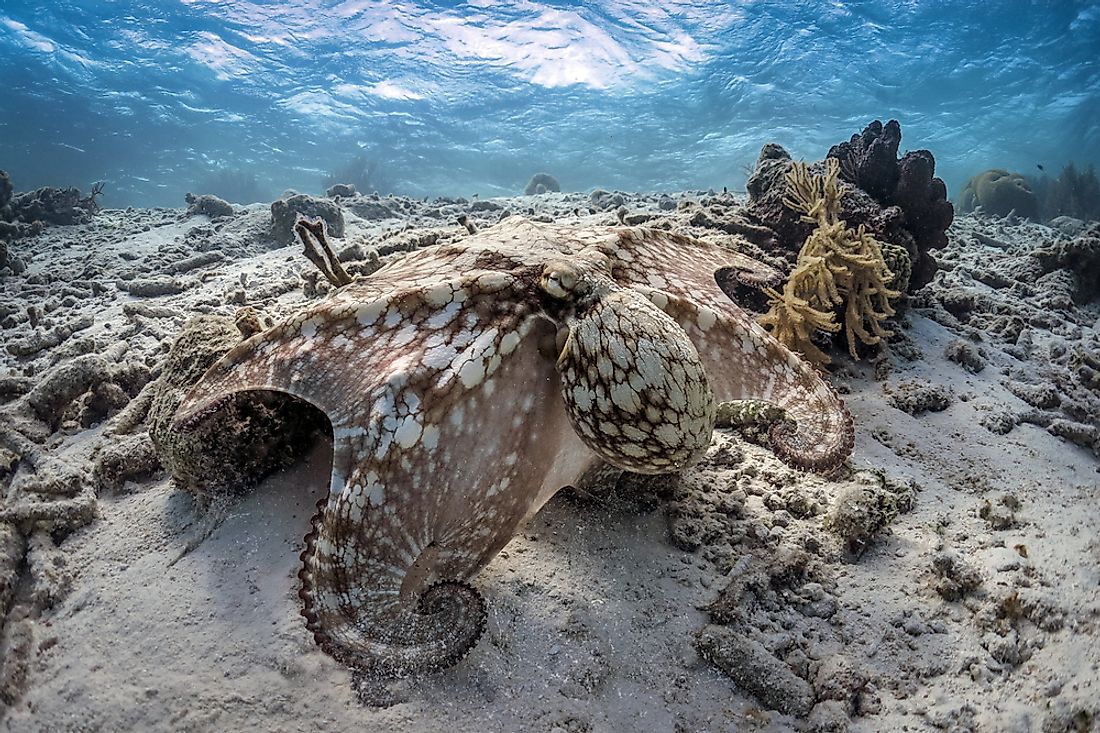
Camouflage refers to the cover-up by the objects or animals under consideration through the utilization of different methods which ensure that they aren't noticed. It entails the usage of disruptive patterns that are of high contrast as in the case of military uniforms. Additionally, whatever interrupts recognition can function as camouflage. It is worth acknowledging the fact that camouflage goes alongside a lot of deception, either through resembling the background environment or by looking like some other things that can be effortlessly attractive to the observers.
Different animals, therefore, have appropriate mechanisms that not only help them evade their predators but also help them approach their prey without being noticed. It is significant looking at the different methods that animals use to avoid being recognized.
7. Countershading
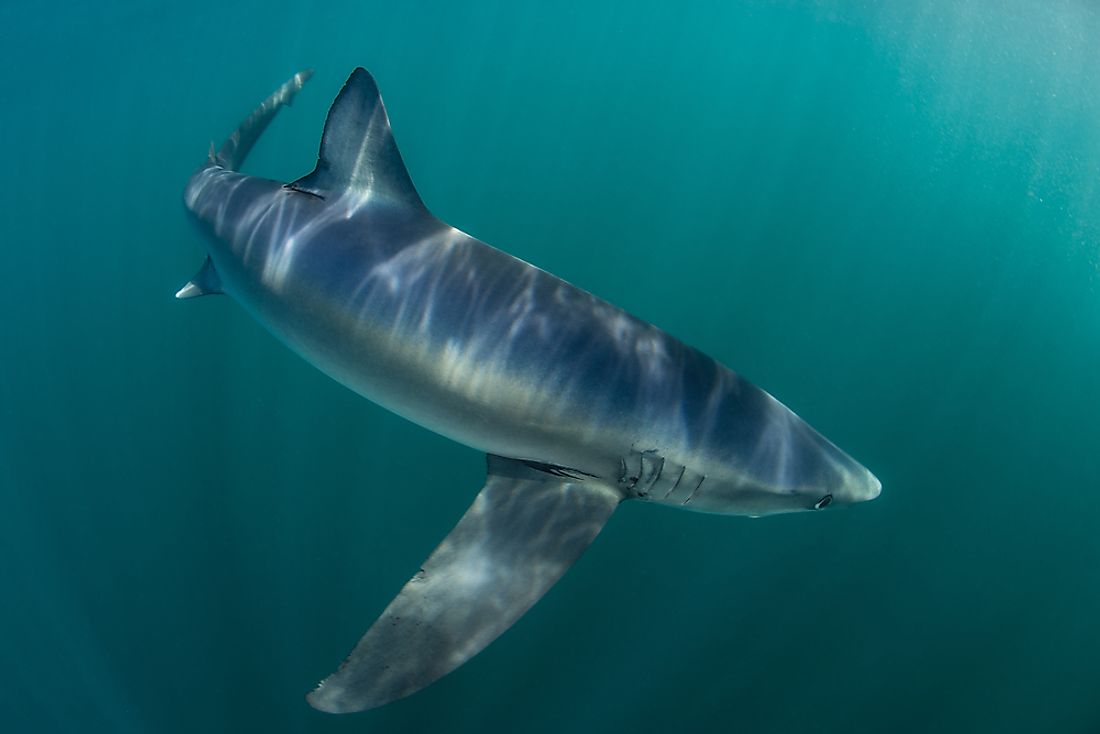
Also known as Thayer's Law, this camouflaging method is associated with the animal's coloration being lighter at the body's underside and darker on the upper side. Upon the fall of light on an object that is three-dimensional and uniformly colored, the underside appears darker and the upperside lighter thus facilitating grading. Such a shade and light pattern facilitates the appearance of the object as a solid. Its classical form operates through counterbalancing the impacts of self-shadowing. The pattern is very common in several species includes mammals, birds, insects, reptiles, fish, and predators. It is the most common camouflage method used by animals.
6. Counter-illumination
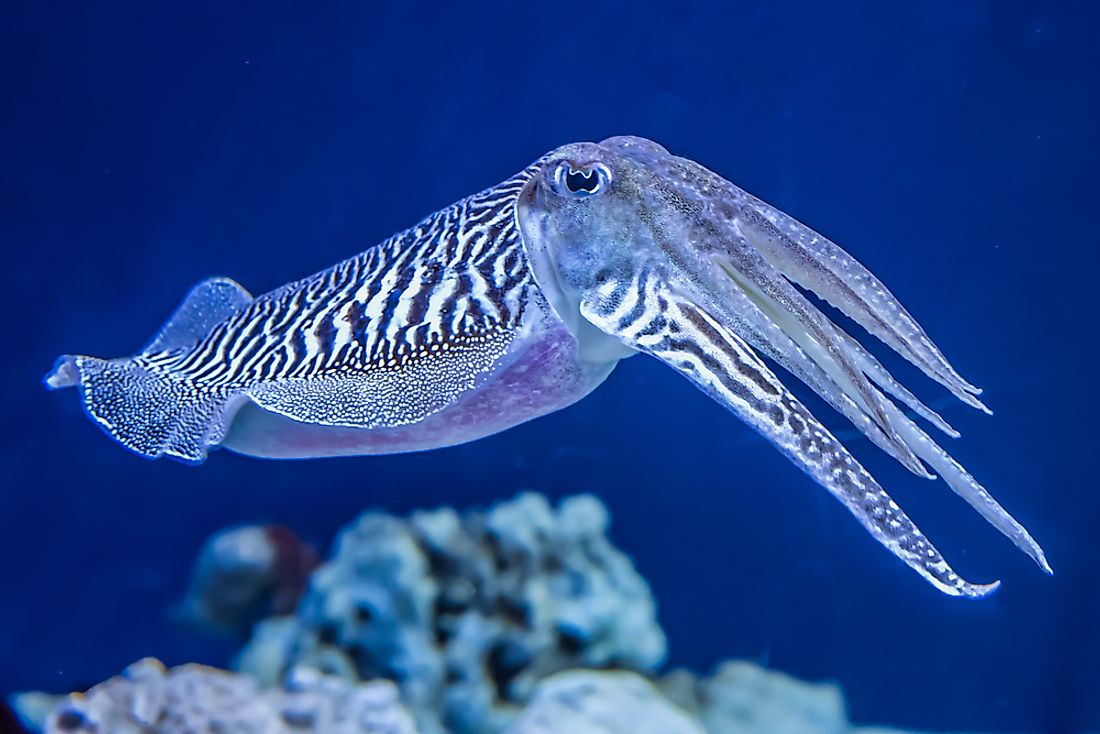
The method entails active camouflage evident in the different marine animals which includes midshipman, firefly squid, as well as in the course of military prototypes. It entails the production of light in line with matching their backgrounds regarding both the wavelength and brightness. Midwater marine animals often appear dark regarding the water surface that is bright upon the view from below. Their production of light on the lower surfaces with the indulgence of bioluminescence photophores brings down the contrast against the setting. The difference between countershading and counter-illumination is that the former makes use of just pigments in bringing down the shadows' appearance. The pigments include melanin.
5. Active Camouflage
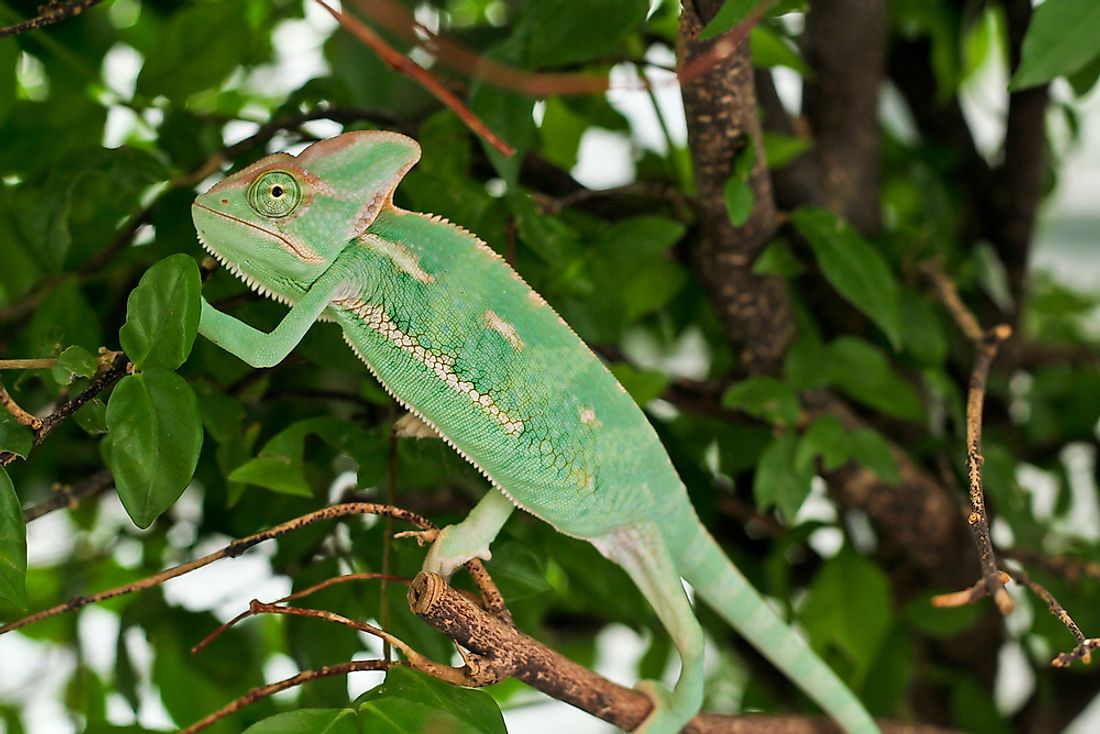
Active camouflage, sometimes called adaptive camouflage, is the quick adaptation towards the environment of an object. Theoretically, such a camouflage has the potential to offer a perfect cover-up from the visual detection. The application of the active camouflage is spread across the different categories of animals such as reptiles present on land, the sea's flatfish, as well as cephalopod molluscs. Animals earn themselves camouflage through color change as well as counter-illumination which entails the usage of bioluminescence.
4. Motion Camouflage
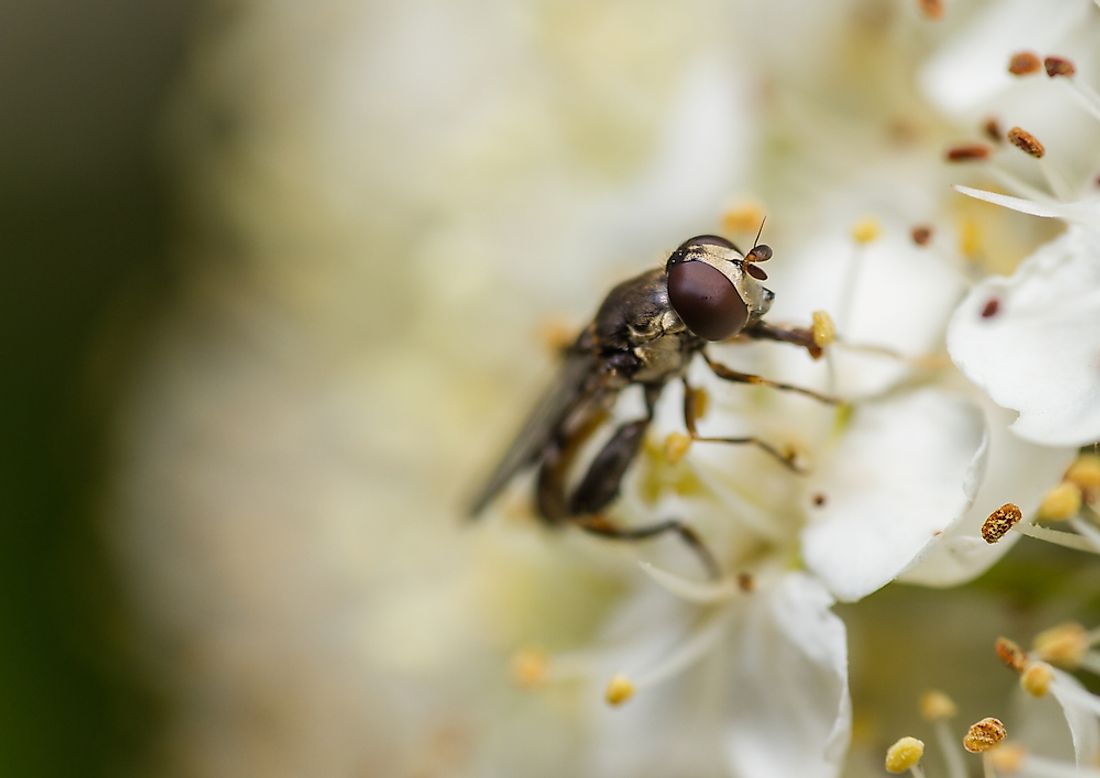
It is a kind of camouflage that offers a certain extent of concealment towards moving objects. This is under the condition that the motion facilitates easy detection of objects despite the perfect match with their backgrounds as well as breaking their outlines. The fundamental kind of motion camouflage as well as the type that the term entirely means which includes the mimicking of the background's optic flow of an attacker by the target. It is for this reason that the attacker can move towards the target as it appears to remain stationary from the perspective of the target. The method is totally in opposition to the classical pursuit. Therefore, the target is unable to look at the attacker moving from the point of a landmark. The looming is, thus, the only evidence that expresses the movement of the attacker. The size also keeps changing upon approach.
3. Motion Dazzle
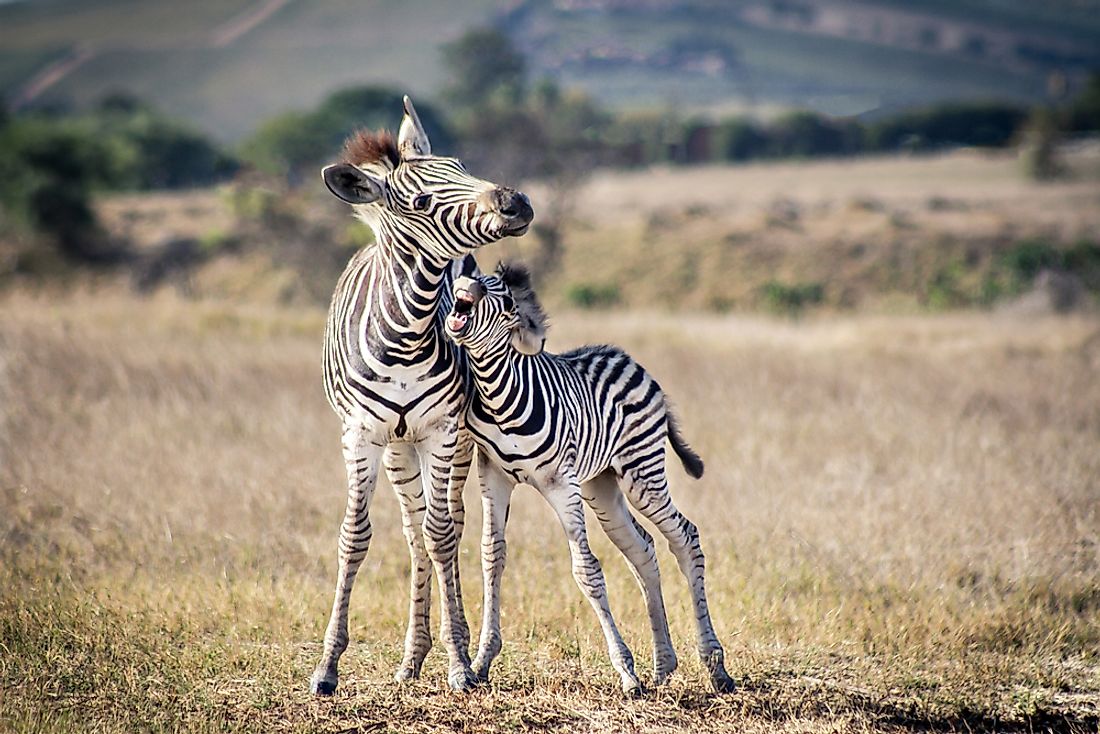
Motion dazzle entails spotting the patterns which assist the animals to outsmart their predators in the course of the run. Different animals utilize the patterns as well as the colors present on their bodies as they facilitate blending into the background which is a way of avoiding predators' attention. However, the strategy isn't the best. This is because there is the possibility of the camouflage being broken once the animal starts moving. Such facilitates a more natural sight and catch by the predator. At the moment, the exploration by researchers is concerned with the distortion of perception of the predator from the direction of the animal. Following the inadequate knowledge of motion dazzle, an online game is currently in place to intensify its understanding.
2. Mimicry
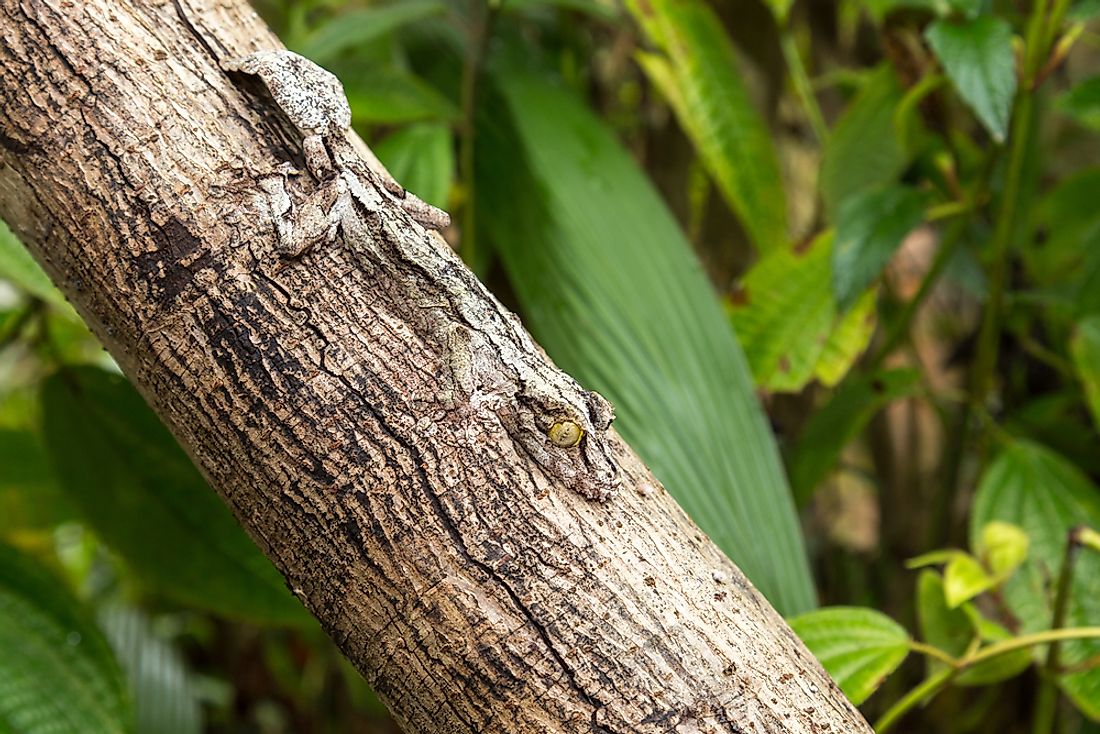
Mimicry happens the moment an animal displays behavioral or physical traits which copy the ones that another species or their environment has. They also experience the benefit of existence on its account. Usually, most animals mimic plants and rocks, but not other animals. There are different types of mimicry, including Batesian, Peckhamian, and Mullerian.
1. Disruptive Coloration
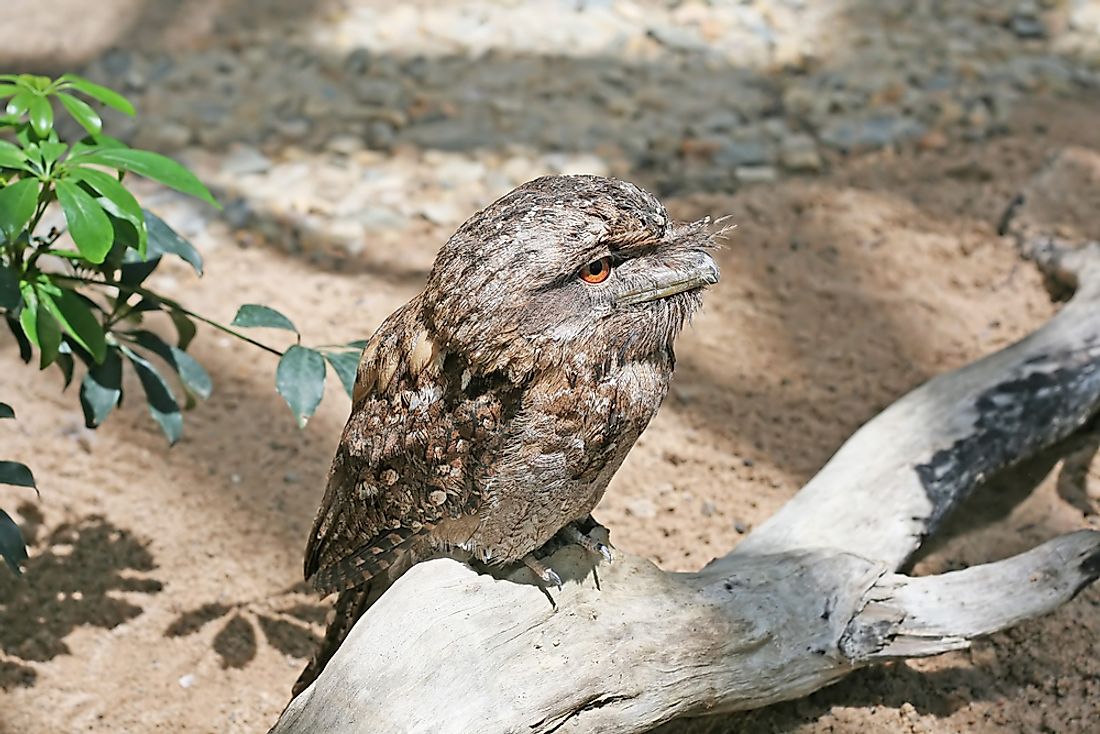
This camouflage form works through dismantling the outline that an animal through a strongly contrasting pattern. It is usually integrated with other crypsis methods which include background countershading and color matching. It looks inconsistent in preventing being seen as the distraction of the outlines relies on the high contrast. The color patches are thus conspicuous themselves. Even though background matching is effective in the case of a single background, the disruptive coloration works more perfectly whenever there exists various backgrounds. Furthermore, some species of animals may be, either distasteful or poisonous. They often enhance the show of their presence through warning coloration. Their patterns often emphasize their outlines rather than disrupting them. Such include skunks, monarch butterflies, and salamanders.







